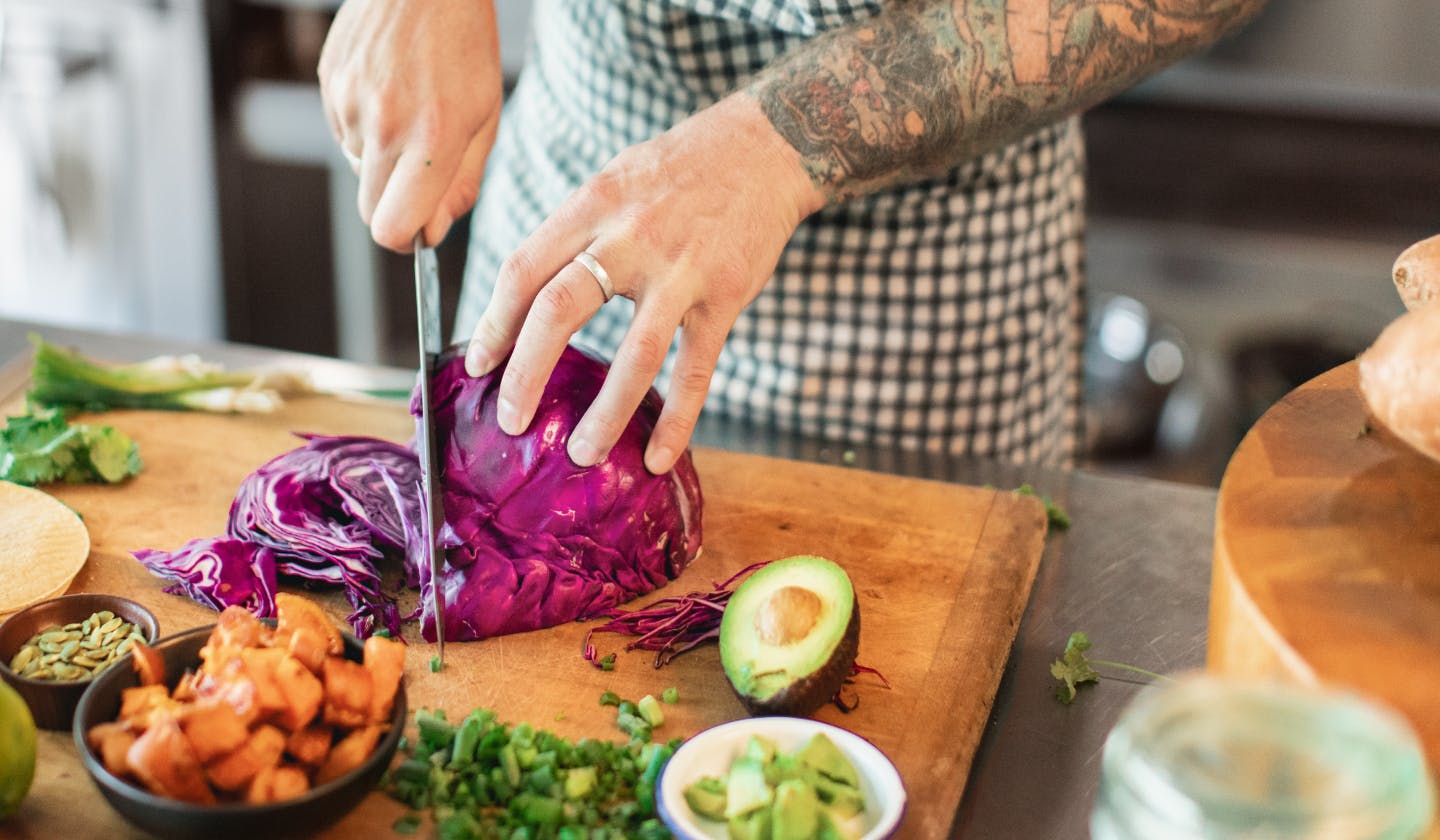Commercial Pasta Cookers
Table of Contents
- Commercial Pasta Cookers
- Top Rated
- Buying & Maintenance
- Ideal Restaurant Types
- FAQ
Commercial Pasta Cookers
Pasta cookers efficiently handle high-volume pasta cooking, streamlining batch preparation and ensuring consistent results in Italian restaurants, cafeterias, catering operations, and fast-casual establishments.
Example Commercial Pasta Cookers:
Pitco's SSPG14 pasta cooker excels in rapid heat transfer, quick water recovery, and user-friendly operation. Frymaster's GPC Pasta Magic is common for its fast cooking times, energy efficiency, ease of use, and versatile basket configurations.
Buying and Maintenance Tips:
Select a cooker with appropriate basket capacities and quick water recovery systems. Regularly clean and descale heating elements and water tanks, inspect drain valves, and maintain proper water filtration.
🍝 Pasta Cookers: Ideal Restaurant Types
- Italian Restaurants & Pasta-centric Cafés: Pitco SSPG14 pasta cookers streamline high-volume, high-quality pasta preparation, ensuring consistent al dente results.
- Fast-Casual Pasta & Noodle Shops: Frymaster GPC Pasta Magic cookers offer rapid cooking capabilities, ideal for quick-service pasta dishes and noodle bowls.
- Buffet Restaurants & Cafeterias: Pasta cookers efficiently produce fresh batches of pasta, reducing wait times and improving operational flow.
FAQ
1. What’s the difference between the Pitco SSPG14 and Frymaster GPC Pasta Magic cookers?
- The Pitco SSPG14 is known for its rapid heat transfer and quick water recovery which is ideal for high-volume pasta output meanwhile the Frymaster GPC Pasta Magic excels in fast cooking, energy efficiency, and features like multiple basket configurations for multiple dishes.
- In a discussion post, one person commented “ We've always used Frymasters, but lots of colleagues seem to like Pitco. We have a 14 year old 4 bank at one location that's getting a bit expensive to maintain with replacing its parts.
With automatic filtering, jib fed auto top up, and tiny 30lb pots, my bep for paying off the new fryers compared to our old one under 2 years is based on reduced oil consumption and labor for cleaning/filtering/changing oil.”
3. What maintenance is required to keep a pasta cooker running efficiently?
- Regularly descale the heating elements, clean the water tanks, check and clean the drain valves, and maintain a reliable water filtration system to prevent buildup and extend the life of your equipment.
- Some complications can arise post-scrubbing the baskets; it's common for mineral deposits to be leftover. Users on a discussion post site recommend in this scenario to “Delime your dish machine and throw these in with it”
DISCLAIMER: This information is provided for general informational purposes only and the content does not constitute an endorsement. CloudKitchens does not warrant the accuracy or completeness of any information, text, images/graphics, links, or other content contained within the content. We recommend that you consult with financial, legal, and business professionals for advice specific to your situation.
Questions? We're here to help.
What is a ghost kitchen?
Ghost kitchens, also known as dark kitchens or virtual kitchens, are commercial kitchens built for food delivery. They’re located within the delivery radius of a high volume of online customers, rather than high foot traffic areas. With ghost kitchens, there’s no physical storefront or dining area, so you only need a few back-of-house staff members to fulfill online orders.
How does a ghost kitchen work?
In a ghost kitchen, your restaurant is focused on delivery rather than dine-in. When eaters order your food online, you’ll prepare it from your ghost kitchen, and hand it off to a fulfillment team to get the order over to the right delivery driver. This gives restaurateurs a low cost, high efficiency model to get the most out of delivery.
Are ghost kitchens profitable?
Yes. Ghost kitchens allow restaurateurs to increase profitability by maintaining the essential elements of a restaurant while cutting costs on labor, overhead, and wasted food while reaching a higher volume of customers ordering online. Plus, you can run multiple virtual brands out of a single ghost kitchen to increase revenue without the extra overhead.
Why are ghost kitchens so popular?
Ghost kitchens are rising in popularity because they’re a lower cost alternative to operating a traditional restaurant. They’re also focused on delivery, which has grown 300% faster than dine-in since 2014. That means restaurateurs are using ghost kitchens to future-proof their business and accelerate growth.
How does a ghost kitchen help your restaurant grow?
Ghost kitchens help restaurateurs grow their business by doing delivery right. The way we dine has changed, and ghost kitchens allow restaurant operators to capture food delivery demand without sacrificing their bottom line. They’re also a great way to expand to new markets without spending time and money on a traditional restaurant buildout. You can easily expand your restaurant brand to different cities across the country such as Los Angeles or New York.
How much do ghost kitchens cost?
The cost of ghost kitchens varies by market, space, and services. Compared to a traditional restaurant, they’re a much lower cost alternative on both upfront capital and ongoing operating costs. You can get started in a ghost kitchen with as little as $30K, instead of $1M+ for brick and mortar buildout.
